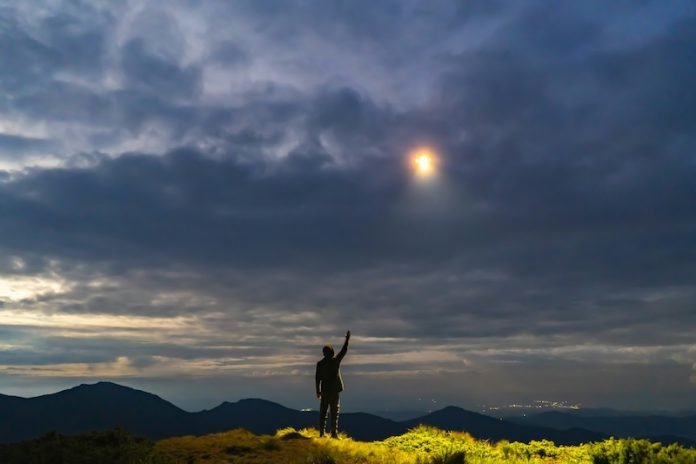
In a remarkable turn of events, the phenomenon of Unidentified Anomalous Phenomena (UAP), once relegated to the fringes of serious discourse, has captured the attention of both the public and the scientific community.
Sparked by congressional hearings that featured testimonies from military personnel, including retired U.S. Navy Commander David Fravor, the conversation around UAPs has shifted from the realm of science fiction to a matter of national security and scientific inquiry.
Fravor’s account of an encounter with a Tic Tac-shaped object that defied known aerodynamics, traveling 60 miles in less than a minute, has not only fascinated the world but also highlighted the advanced capabilities of these unexplained phenomena.
This incident, among others, underscores the challenges in identifying and understanding UAPs, given the advancements in sensor technology and the proliferation of personal aircraft.
Recognizing the potential threat posed by UAPs, the U.S. Department of Defense has intensified its efforts to investigate these incidents.
Meanwhile, a new study by geographers at the University of Utah seeks to shed light on the environmental conditions that might influence UAP sightings.
By analyzing data from the National UFO Research Center, which includes around 98,000 sighting reports over two decades, the researchers aim to understand the spatial distribution of these reports in relation to local environmental factors such as light pollution, cloud cover, and proximity to airports and military bases.
The study’s findings reveal a significant number of sightings in the western United States, attributed to the region’s geography, which offers clear skies and expansive landscapes.
The correlation between UAP reports and air traffic, as well as military activity, suggests that many sightings might involve misidentified human-made objects.
Yet, the persistence of unexplained sightings highlights the complexity of this issue and the need for further research.
The establishment of the All-domain Anomaly Resolution Office (AARO) by the U.S. government signifies a concerted effort to address UAP sightings comprehensively.
This initiative, along with historical projects like Project BLUE BOOK, reflects a growing acknowledgment of the importance of understanding and resolving the mysteries surrounding UAPs.
The study’s exploration of the spatial and temporal patterns of UAP reports, alongside socio-cultural factors, offers a promising avenue for demystifying these phenomena.
As the scientific community continues to engage with this challenge, the goal remains to differentiate between identifiable objects and truly anomalous phenomena that warrant closer examination for the sake of national security and scientific curiosity.
The research findings can be found in Scientific Reports.
Copyright © 2024 Knowridge Science Report. All rights reserved.



